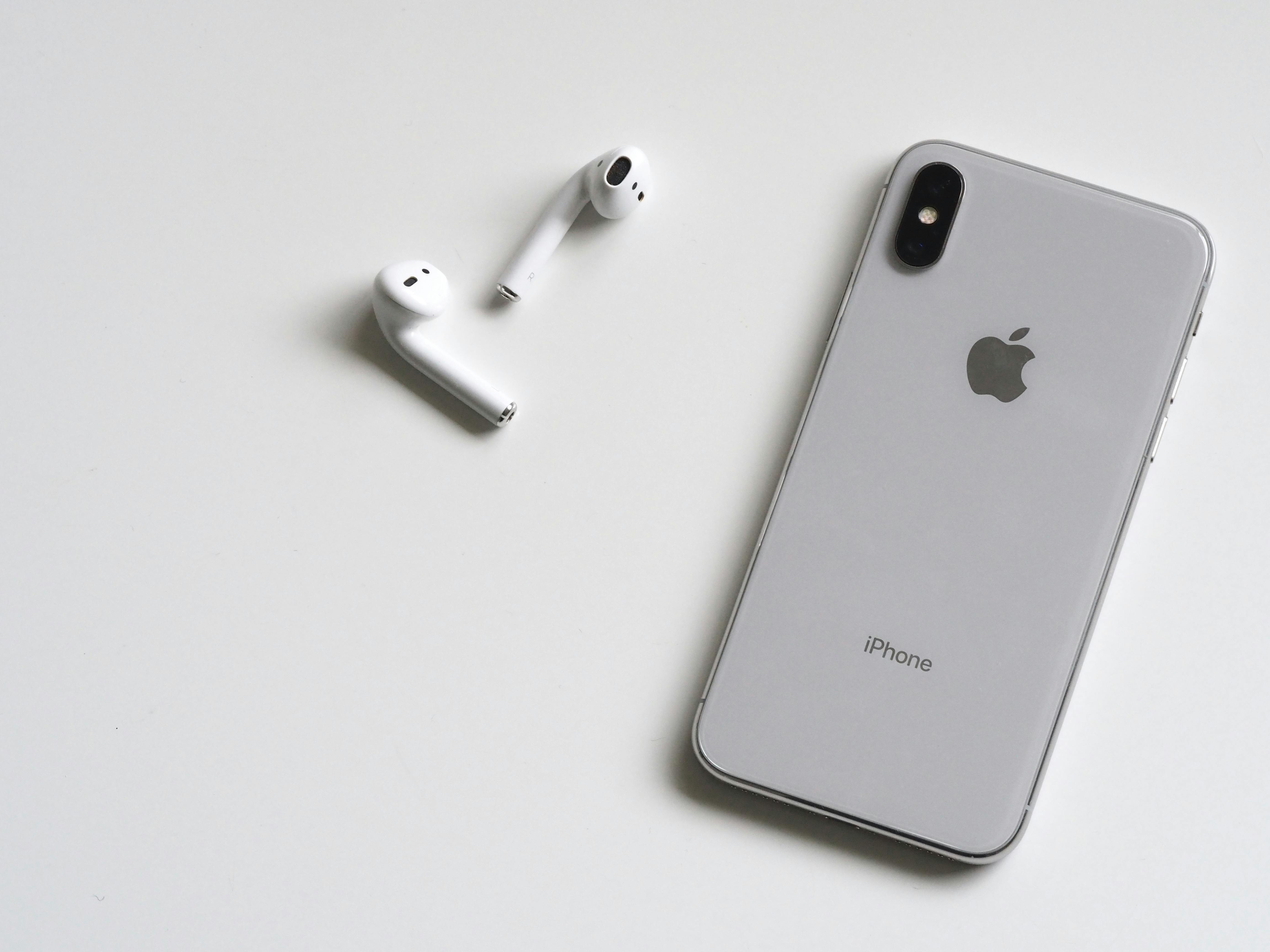Drivers have had a long love affair with their car audio systems. A smooth ride and even smoother tunes are an impeccable combination. Gone are the days of static and faded car audio systems. Today’s vehicles are being designed by tech-savvy automotive engineers for HD and satellite capabilities. Advanced receiving systems reduce interference and provide the best quality signals. In fact, the technology is helping improve radio performance inside new model vehicles.
high definition broadcasting
One of the most significant advances in radio broadcasting since the introduction of FM stereo is HD radio technology, which provides digital audio of much higher quality than its analog predecessor. Many radio stations are upgrading their broadcast technology and some are offering HD2 multicast channels. According to iBiquity Digital Corporation, a developer of this technology, the HD radio receiver makes AM sound like FM and FM sound like CD.
The wireless data feature allows drivers to receive information such as titles, artists, weather and traffic alerts by transmitting them directly to the receiver’s display. Additionally, FM HD radio stations are beginning to simultaneously stream audio and data on-screen. For example, a station may run one music channel and one news channel or run three completely different music formats in three different languages.
Features of HD radio technology include:
o FM Multicast: Ability to transmit multiple program streams on a single FM frequency
o Crisp, static-free reception
o Variety of data services, including text-based information, scrolled on the receiver’s screen
o Ability to classify reflected signals, reducing static, popping, popping, and fading
o Digital broadcasts on the same frequencies as analog broadcasts
o The reception is free without subscription costs.
XM Satellite Radio and Sirius Satellite Radio
Whether it’s a trip to work and back, or across the country and back, satellite radio provides a seamless audio experience. XM Satellite Radio and Sirius Satellite Radio launched their services in the early 21st century. Also called digital radio, satellite radio features uninterrupted, near CD-quality music streamed to a vehicle radio from space. As a result, users do not go out of range of a channel.
Developed for vehicles compatible with XM Satellite Radio and Sirius Satellite Radio, a total format satellite radio system features a receiver, user interface and antenna. The receivers can be integrated into the radio or located remotely and allow the channel name, artist and song title to be displayed so listeners know what is playing. A wide variety of listening options include ad-free or ad-limited rock, jazz, classical, news, sports and talk stations.
reception systems
Offering multifaceted reception capabilities in a small space, today’s reception systems are nothing like the antenna you remember from your grandparents’ car. Offering better performance than a single antenna, diversity reception systems provide uninterrupted audio by selecting the best quality FM signal from available antennas or by combining multiple signals. With reduced multipath interference and improved peripheral area reception, drivers enjoy superior audio and visuals.
Small, self-contained, multi-antenna receiving systems are designed to be integrated into the vehicle’s roof module. The systems combine AM/FM, cell phone, GPS and satellite reception functionality in one tiny package. Vehicle manufacturers have the ability to choose various levels of product content, and systems are tailored to meet US, European and Asian frequency requirements. With a simplified vehicle assembly process and improved serviceability, hidden antenna systems can be an attractive option for manufacturers and service providers. These hidden antenna systems eliminate wind noise, vibration, and lost or stolen masts.
Delivering high-performance in-vehicle television reception, the Fuba(TM) Global Mobile TV Tuner uses patented ScanDiv(TM) scanning diversity technology to select the best audio and video signals from the system’s antennas for provide passengers with high-quality audio and information. television quality at home. Designed for global markets, the multi-standard receiver supports NTSC, PAL and SECAM signals, as well as DVB-T and ISDB-T digital reception. Adaptable to local markets, the system is also compatible with many rear seat entertainment systems.
